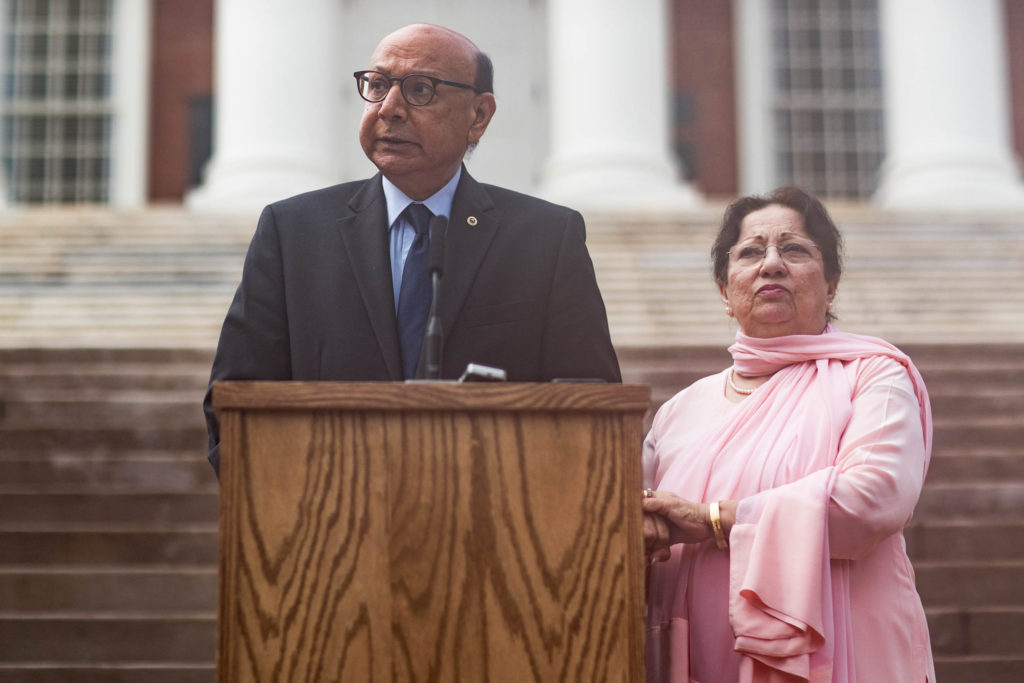Earlier this month, I was invited to participate in a podcast recording with one of my good colleagues, Gino DeGregori. Gino is the host of the Kind Leadership Podcast. He is on a quest to redefine leadership through the lens of empathy, compassion, and integrity. I enjoyed the conversation immensely and wholeheartedly agree with Gino that we need more kind leaders worldwide. In this blog, I am sharing a link to the podcast for anyone who wants to hear it. I am also sharing three key takeaways from our discussion. I hope you enjoy this special edition of All The Leadership!
Takeaway #1 – Kind leaders fulfill the 5 C’s of leadership
Kind leaders lead with empathy. That means they can see the world from others’ perspectives. When it comes to empathy in leadership, I believe it is essential for any leader to ask themselves a simple question: What do the people I am leading need from me to be successful? The short answer is that they want the same things you do in a leader. I call it the 5 C’s of leadership. It is somewhat like a leadership model I learned while serving in the US Army.
- Competency – you know how to lead. You know what you are doing.
- Confidence – you possess the right expertise and experience.
- Communication – you can clearly articulate your thoughts and ideas to others.
- Creativity – you know how to craft strategy, develop plans, and make decisions.
- Character – you are a good person and a kind leader.

Takeaway #2 – Kind leaders demonstrate individual integrated integrity
Integrity and trust are two values that I hold dear and have spent a fair amount of time thinking about. In fact, for All The Way Leadership! I created a concept that I call Individual Integrated Integrity. It is a way for a leader to think about integrity and trust. This framework addresses three hard truths that leaders face regarding their integrity.
- Team members pay special attention to the leader’s individual integrity.
- They track who the leader is, what the leader says, and what the leader does.
- The team will not trust the leader if these three integrity attributes do not align.
Your team members ask, “Can I trust this leader?” Trust is vital for a leader. Without it, you are dead in the water. One quick way to increase your impact as a leader is to show you have integrated individual integrity.

Takeaway #3 – Kind leaders have a growth mindset
Let me say that adopting a growth mindset can be a challenge for leaders like me. When you get a few decades into your career, it is easy to fall into the trap of thinking you are done. You think, “I am who I am, I know what I know, and I am going to do what I do. No need for me to grow.” It is better to keep learning and growing. Adopting a growth mindset has made me more resilient, versatile, and relevant. I have worked with many senior leaders who became ineffective because they stopped growing. The world changed, and they did not. As a result, they are no longer relevant. Their followers are waiting for them to retire.
The passion for stretching yourself and sticking to it, even (or especially) when it’s not going well, is the hallmark of the growth mindset.
Carol Dweck
Three strategies to cultivate a growth mindset in your team’s culture
- Be the example – seek growth opportunities as a leader. Read books, listen to podcasts, attend training sessions, and encourage your team members to do the same.
- Talk about it—create a growth mindset mantra for your team. One of my teams’ mantras was, “We do hard.” We were starting a new program and guessed everything would be hard. It was, and our mantra helped keep us motivated.
- Keep your cool. As a leader, you set the room’s temperature. When you experience setbacks, don’t lose your cool. Deal with the obstacle and get going again.
The last strategy is particularly challenging. As a leader, you get to deal with the good, the bad, and the ugly. When ugly shows up, you want to scream and shout. Don’t do it. Getting worked up will not solve your problems. It may have the opposite effect. Word will get out that you lost your cool, which harms your reputation.
ATW! will make you a better leader
I hope you join me on this journey to raise the next generation of leaders. The world desperately needs more great leaders—women and men who lead with confidence, clarity, and creativity. It’s time to become the leader your world needs. Let’s go All The Way!



























































